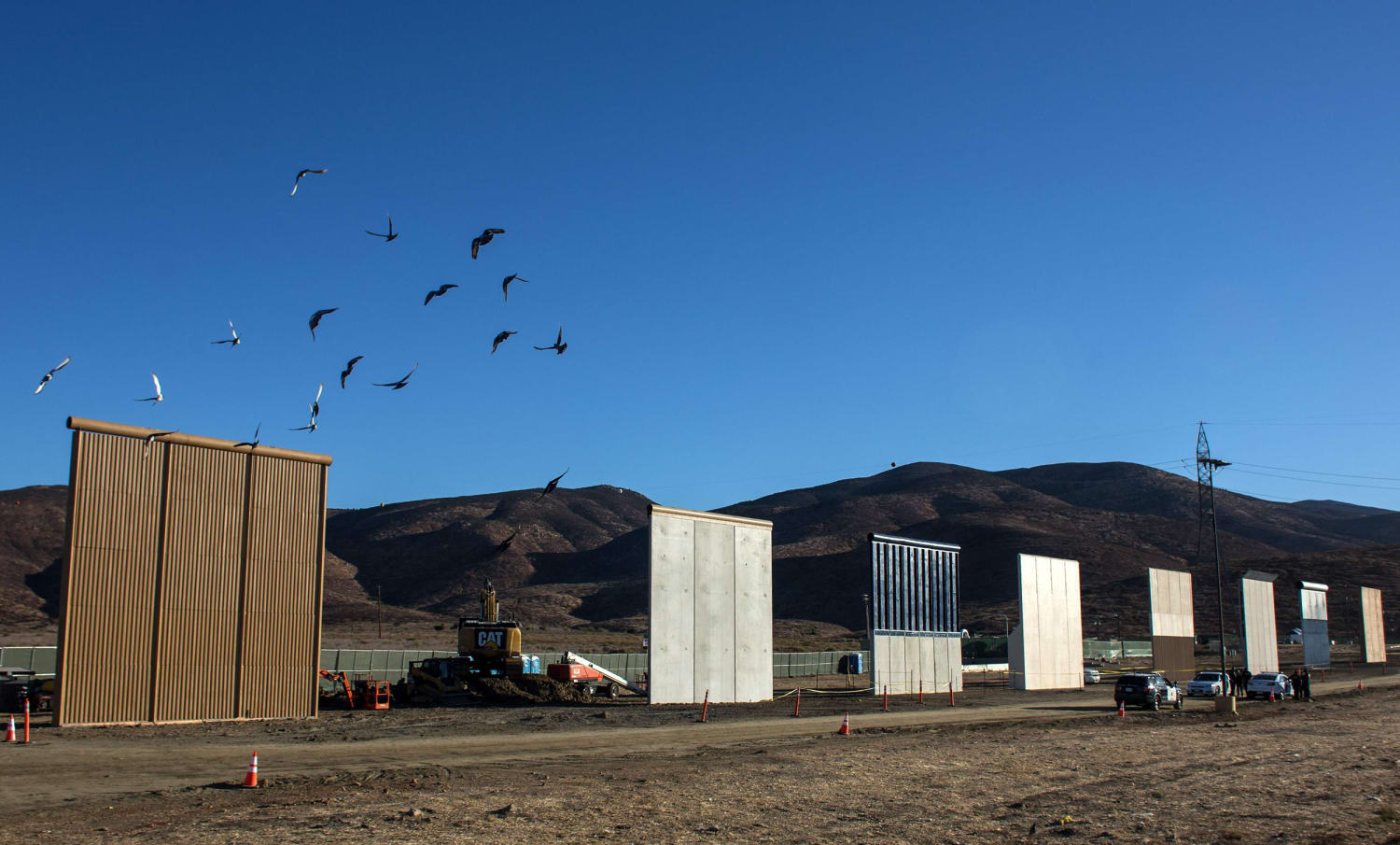As we saw with tax policy, immigration policy is another avenue for creating health policy. We can see this in (1) immigration-related rules within our health policy, (2) health policies within immigration policy, and (3) health impacts due to immigration policy.
(1) Immigration policy within health policy: Our two major federal health insurance programs, Medicare and Medicaid, are not available to all immigrants, including those lawfully present in the U.S., based on standard eligibility rules. Undocumented immigrants are also barred from health insurance exchanges. Immigration restrictions explain part of the reason why California, a state that expanded Medicaid early and set up a large exchange, still had a 7% of its residents uninsured after the Affordable Care Act. (This will change as premiums go up and the tax penalty is removed.)
Medicare
- Permanent legal resident, in the U.S. for at least five years
AND
- Self or spouse with U.S. work history, OR
- Pay monthly premiums
–> Older immigrants who were say, brought over by their children, may not qualify for Medicare for five years, or *ever*, irrespective of their time in the U.S., documentation status, age, or health care needs.
Medicaid
- Emergency Medicaid available irrespective of immigration status, if other eligibility criteria (e.g. income) are met
- Full-scope Medicaid: Permanent legal resident, in the U.S. for at least five years
- Refugees, asylees and other exceptions do not have to wait
- States can choose to exempt 5-year wait for pregnant women and children
- PRUCOL: Permanently Residing Under the Color of Law
- Immigrants with PRUCOL status may be eligible for Medicaid benefits, depending on their state of residence.
–> Immigrants who would otherwise be eligible for Medicaid based on their income (or age, family structure and disability) may not receive full benefits in the first 5 years. Undocumented immigrants in some states may be eligible for Medicaid, but it depends entirely on the state where you live.
Health Insurance Marketplaces
- Undocumented immigrants are not eligible to purchase coverage or receive premium tax credits
–>Even if they have the means to purchase insurance, they are unable to do so.
(2) Health Policies within Immigration policy
Public charge: the implication that immigrants will put an undue burden on the government, and hence their applications (for visas, green cards, citizenship) will be denied. The U.S. State Department sets public charge policy. In the past, public charge generally applied to persons with criminal records. The current administration has proposed that use of Medicaid, SNAP (food stamps) and WIC benefits can also be considered public charge, even if the individual was legally eligible for those benefits and entitled under our other policies. Prior to this, the administration initially proposed that public charge determination extended to all family members as well. In other words, if the parent, who holds a green card, signed up for Medicaid for their U.S. citizen children, the parent could be denied citizenship.
The proposed rules (and fear of enforcement actions- see (3) have led to a chilling effect, in which one one in five Hispanic adults in immigrant families reported not using one of their benefits for fear of public charge. Nearly half reported not using Medicaid or CHIP benefits.
–> Immigrants who would otherwise be eligible for health insurance, food assistance, and housing, are not signing up for benefits for fear of jeopardizing their legal status.
(3) Immigration enforcement actions
Immigration enforcement actions, including detention and family separations, can negatively impact health due to inadequate monitoring and care of ongoing health conditions and mental health consequences, including fatalities.
In addition, the fear of immigration enforcement actions (not only the actions themselves) are also known to have negative health impacts. Several studies have demonstrated broader community effects on enforcement actions, from a rise in low-birthweight infants among immigrants (irrespective of their documentation status) following an ICE raid, to negative effects of DACA uncertainty on the health of recipients, by UC Davis’s own Prof. Caitlin Patler.
When we talk about social determinants of health, it is important to recognize that our social factors are created in large part by our social policies.



